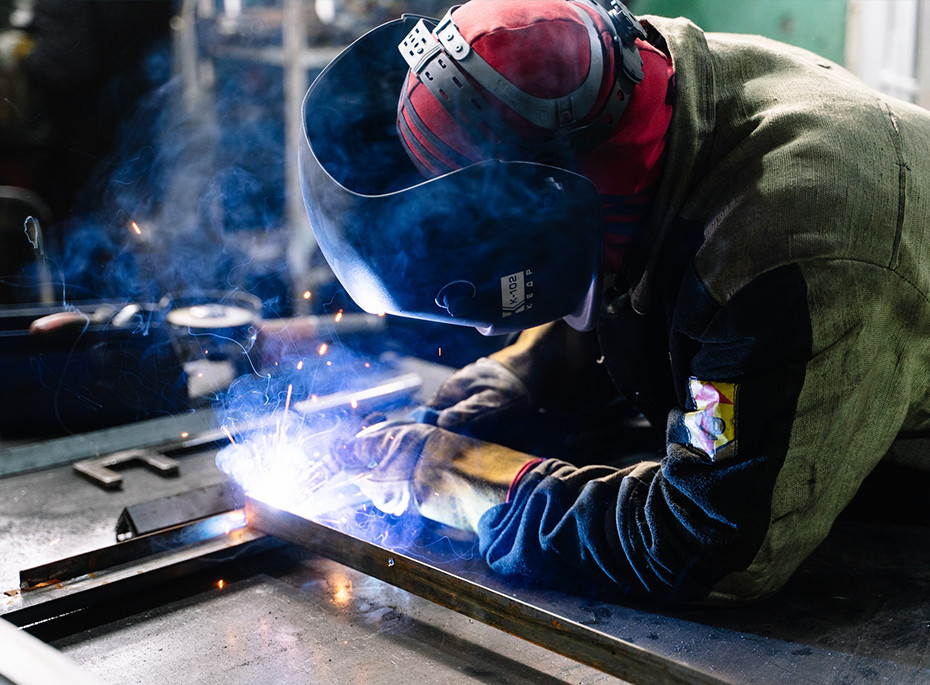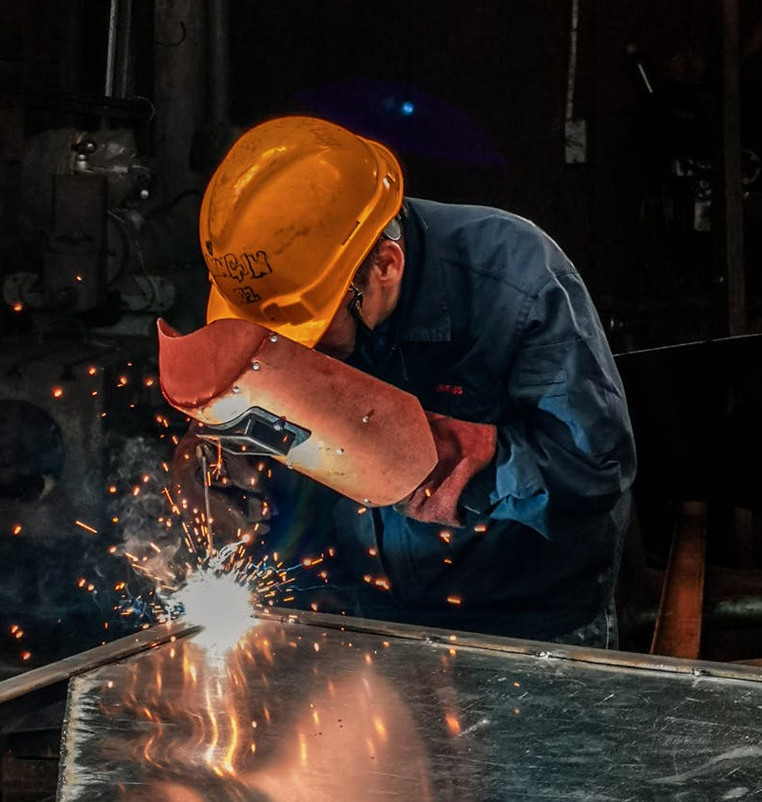curve fi is
Introduction to curve fi
curve fi represents a revolutionary decentralized exchange protocol specifically engineered for efficient stablecoin trading. Operating on the Ethereum blockchain and multiple Layer 2 solutions, curve fi fundamentally transforms how users swap between pegged assets with minimal slippage. The core innovation of curve fi lies in its specialized automated market maker (AMM) algorithm, which differs significantly from traditional DEX designs. By concentrating liquidity around the parity point, curve fi achieves unparalleled capital efficiency for stable assets. This unique approach makes curve fi indispensable within the DeFi ecosystem, particularly for yield farmers, institutional players, and liquidity providers seeking optimized returns. The emergence of curve fi addressed a critical market gap by solving the high slippage problem previously associated with stablecoin swaps.
Technical Architecture of curve fi
Advanced AMM Design
Unlike conventional constant product AMMs, curve fi employs a hybrid invariant formula combining constant sum and constant product models. This mathematical foundation allows curve fi to maintain extremely tight spreads for assets expected to hold 1:1 valuations. When traders interact with curve fi pools, the protocol dynamically adjusts prices within a narrow band around equilibrium, ensuring minimal price impact even for large orders. This technical sophistication makes curve fi particularly suitable for correlated assets like different USD stablecoins or wrapped bitcoin variants. The curve fi smart contracts have undergone rigorous audits, though risks inherent to DeFi remain.
Liquidity Pool Mechanics
curve fi organizes liquidity into specialized pools categorized by asset type. Stablecoin pools form the backbone of curve fi, supporting swaps between USDT, USDC, DAI, and other dollar-pegged tokens. Beyond stables, curve fi introduced innovative metapools that connect primary pools with new assets through virtual balances. Additionally, curve fi developed crypto pools for assets like stETH and wBTC that maintain loose pegs. Each curve fi pool operates as a separate smart contract with customized parameters. Liquidity providers deposit assets into curve fi pools and earn trading fees proportional to their share. The curve fi interface simplifies complex pool interactions through an intuitive dashboard.
Gauge Weight Voting System
A distinctive governance feature of curve fi involves CRV token holders directing liquidity incentives through gauge weights. Participants lock CRV as veCRV (vote-escrowed CRV) to gain voting rights on which pools receive boosted emissions. This curve fi mechanism strategically channels rewards to underutilized pools or newly launched assets needing liquidity. The curve fi gauge system creates powerful flywheel effects: more liquidity attracts more volume, generating higher fees for LPs, which in turn draws more capital to curve fi. This sophisticated incentive alignment showcases curve fi's innovative approach to decentralized coordination.
CRV Token Ecosystem
The CRV token serves as the governance and utility backbone of curve fi. Holders participate in critical protocol decisions, including fee adjustments, new pool listings, and treasury management. When users lock CRV tokens, they receive veCRV which grants proportional voting power within curve fi governance. The veCRV mechanism also provides holders with up to 50% of trading fees generated across all curve fi pools. Furthermore, veCRV boosts individual LP rewards by up to 2.5x on curve fi platforms. This multifaceted utility creates strong economic alignment between CRV holders and the long-term success of curve fi. Token distribution emphasizes community ownership, with significant allocations to liquidity providers and gradual emissions over years.
Operational Advantages of curve fi
Capital Efficiency
curve fi achieves 5-10x higher capital efficiency than generic AMMs for stable assets. Traditional exchanges require massive liquidity to support large trades without slippage, whereas curve fi mathematically concentrates liquidity near the peg. This efficiency translates directly to superior returns for curve fi liquidity providers. By minimizing idle capital, curve fi enables LPs to earn substantial fees from smaller capital bases. The capital efficiency of curve fi particularly benefits institutional participants moving significant volumes.
Fee Optimization
curve fi implements a multi-tiered fee structure dynamically adjusting based on market conditions. During normal operations, curve fi charges exceptionally low fees (often 0.04%), substantially below industry averages. When pools experience temporary imbalances, curve fi automatically increases fees to incentivize arbitrageurs and restore equilibrium. This responsive fee mechanism protects curve fi liquidity providers from impermanent loss during market dislocations. The fee structure exemplifies how curve fi balances trader savings with LP protection.
Cross-Chain Expansion
Originally Ethereum-based, curve fi now operates across multiple chains including Polygon, Arbitrum, Avalanche, and Fantom. This multi-chain strategy allows curve fi to serve diverse ecosystems while reducing gas costs for users. Each deployment maintains the same core curve fi smart contracts, ensuring consistency in security and user experience. The cross-chain presence significantly expands curve fi's addressable market and strengthens its position as DeFi infrastructure.
Real-World Applications
Yield Optimization Strategies
curve fi serves as foundational infrastructure for complex yield farming strategies. Protocols integrate curve fi pools to optimize stablecoin deployments, often layering additional incentives on top of base curve fi rewards. The predictable low-slippage swaps on curve fi enable efficient portfolio rebalancing across yield-bearing positions. Many automated vaults utilize curve fi as their primary execution venue for stablecoin operations due to its reliability.
Institutional Adoption
Treasury management teams increasingly utilize curve fi for corporate stablecoin operations. The ability to execute seven-figure swaps with minimal price impact makes curve fi indispensable for institutional DeFi participants. Several custody solutions now offer direct curve fi integration, allowing traditional finance entities to access its liquidity without technical overhead. This institutional adoption validates curve fi's robustness and highlights its real-world utility beyond speculative trading.
Stablecoin Issuer Integration
Major stablecoin projects like FRAX and MIM directly integrate with curve fi as primary liquidity venues. These issuers often deploy substantial liquidity into curve fi pools and participate in gauge voting to direct CRV emissions. The deep liquidity provided through curve fi enhances stablecoin credibility and utility. This symbiotic relationship demonstrates how curve fi has become critical infrastructure for the broader stablecoin ecosystem.
Security and Risk Management
Despite multiple audits, curve fi experienced a significant vulnerability exploit in July 2023 affecting several stable pools. The curve fi team responded with a rapid white-hat recovery effort and has since implemented enhanced security protocols. All curve fi contracts now undergo formal verification, and a more robust emergency DAO process exists for future incidents. While no system is infallible, curve fi maintains industry-leading security practices including bug bounties and time-locked upgrades. Users should understand that providing liquidity on curve fi involves smart contract risk, impermanent loss potential, and governance dependencies.
Competitive Landscape Analysis
While several protocols attempt to replicate curve fi's model, none have matched its liquidity depth and network effects. curve fi dominates stablecoin trading volume with over 70% market share in its niche. The protocol's first-mover advantage, combined with its sophisticated tokenomics, creates significant barriers to entry. However, curve fi faces challenges from new AMM designs incorporating concentrated liquidity and from centralized exchanges improving stablecoin pairs. The curve fi team continues innovating with features like lending-borrowing integrations and advanced order types to maintain competitive advantage.
Future Development Trajectory
The curve fi roadmap includes several ambitious upgrades to cement its DeFi leadership. Curve v3 proposals aim to generalize the AMM for more volatile assets while maintaining low slippage. Enhanced cross-chain functionality will further unify liquidity across networks. curve fi governance is exploring fee structure modifications to better reward long-term veCRV lockers. Additionally, curve fi plans deeper integrations with lending protocols to enable leveraged liquidity provision. These developments ensure curve fi remains at the forefront of decentralized finance innovation.
Economic Impact Assessment
curve fi generates substantial economic value through multiple channels. By reducing stablecoin swap slippage, curve fi saves traders millions annually compared to alternative venues. Liquidity providers earn consistent yield from curve fi trading fees, with top pools generating over $1M weekly. The CRV token distribution represents one of DeFi's most successful bootstrapping mechanisms, distributing ownership to active community members. Furthermore, curve fi creates positive externalities by providing deep liquidity that stabilizes prices across DeFi. The protocol has processed over $2 trillion in cumulative volume, demonstrating massive scale and adoption.
User Experience Evolution
Recent curve fi interface upgrades significantly improved accessibility for non-technical users. Enhanced analytics display real-time APY calculations across pools, while simplified zap functions enable single-asset deposits. The curve fi mobile experience now rivals desktop functionality, supporting full portfolio management on-the-go. Behind the scenes, curve fi optimized gas usage through efficient contract design and Layer 2 support. These UX enhancements lower barriers to entry while maintaining curve fi's advanced capabilities for power users.
Conclusion
curve fi established itself as indispensable DeFi infrastructure through technical innovation and community governance. The protocol's specialized AMM design solves the critical problem of stablecoin liquidity fragmentation. As curve fi expands to new asset classes and blockchain ecosystems, its influence across decentralized finance continues growing. The sophisticated CRV tokenomics create powerful alignment between stakeholders, driving continuous improvement of the curve fi ecosystem. Despite competitive pressures and security challenges, curve fi maintains dominance in its niche through relentless innovation and deep liquidity network effects. The future trajectory suggests curve fi will remain central to DeFi's infrastructure layer for years to come.
Search on Youtube!








